Celebrating the Unsung Hero: The Entrepreneur
Behind every enduring craft, revolutionary product, or iconic cultural moment, there stands an entrepreneur—someone who envisions possibilities, takes risks, and brings together the resources and people needed to make an idea real. The Taj Mahal, the Motor Car, Computers, iPhone, even AI (Artificial Intelligence)—all owe their existence not just to technical skill, but to entrepreneurial vision.

To give an analogy from the world of our art and culture, without a Raj Kapoor, there would be no Shailendra or Shankar-Jaikishan. It took Bimal Roy’s vision to give us Mother India, Vijay Anand’s that brought Guide, and Yash Chopra’s that created DDLJ.
Great works of craft and creativity too need a guiding force to bring all the pieces together—and that force is entrepreneurship.
Yet, in several well-intentioned efforts to support artisans, we frequently neglect this crucial piece of the puzzle. Government programs designed to uplift craftsmen often sideline the entrepreneur, upsetting a delicate balance that has historically sustained handloom and heritage industries.
This bias may stem from our post-independence socialist legacy, where entrepreneurship was often viewed with skepticism. We tried turning every artisan into a self-reliant entrepreneur, ignoring the fact that the skills needed to create are not always the same as those needed to sell, scale, and sustain. As a result, we risk losing both the artist and the enterprise.
Contrary to popular belief, entrepreneurs are not mere middlemen profiting off others’ labour. The best among them are custodians of craft. They invest in design, training, quality control, and market access—ensuring that the artisan’s work reaches a wider audience, and evolves with the times. They walk the tightrope between heritage and innovation.
Yes, possibilities of exploitation exist. But the market has a way of rewarding those who build respectfully and sustainably. Only businesses that empower and support their craftsmen can thrive in the long run.
If we’re serious about the future of handloom, the question isn’t just whether the next generation of weavers will take up weaving—but whether the next generation of bright, driven entrepreneurs will choose to stay and create in this space, rather than follow easier and more lucrative alternative paths. If they do, they will ensure that the craft—and the craftsmen—follow.
If we want the craft to thrive, we must respect the entrepreneur—even if we don’t yet sing their praises.

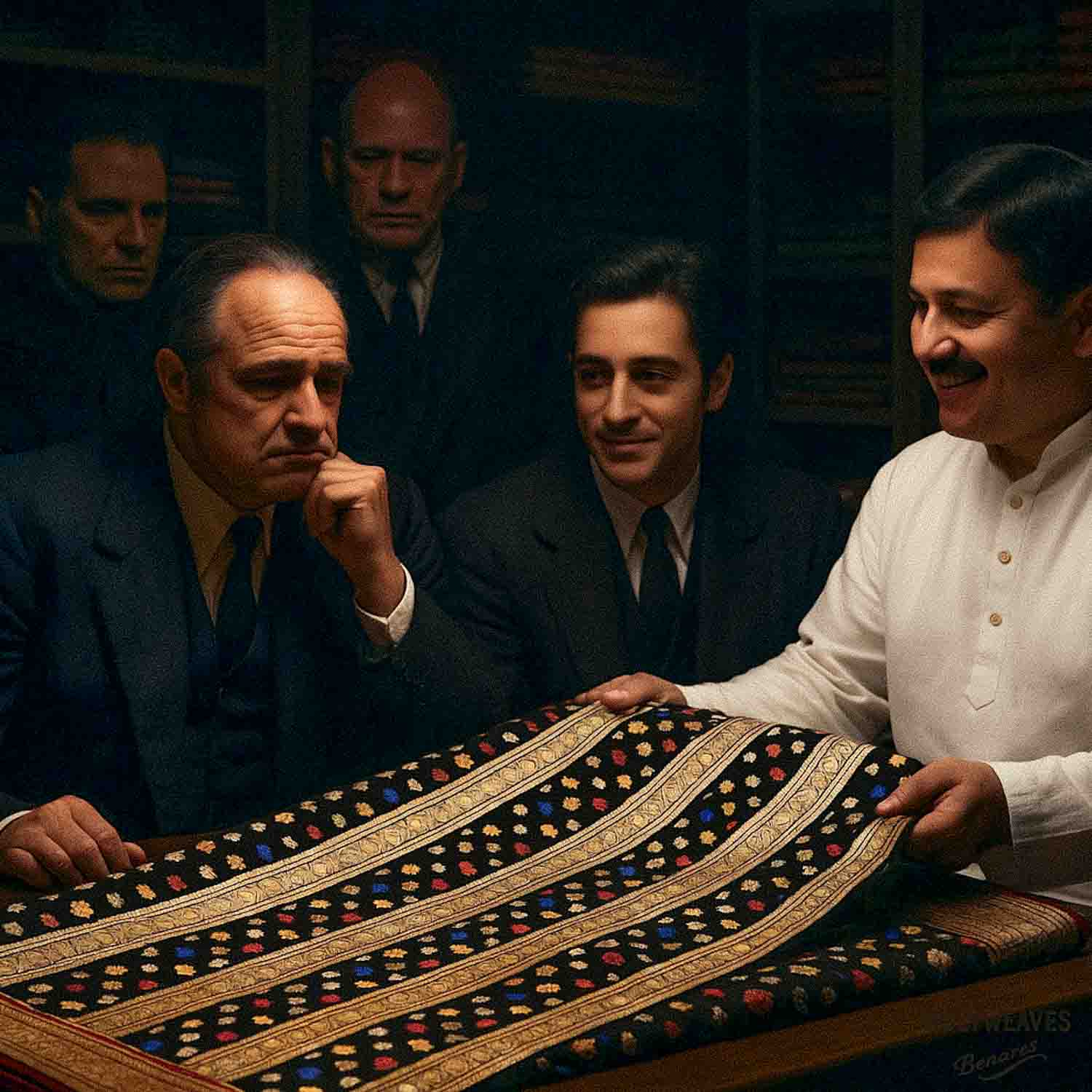



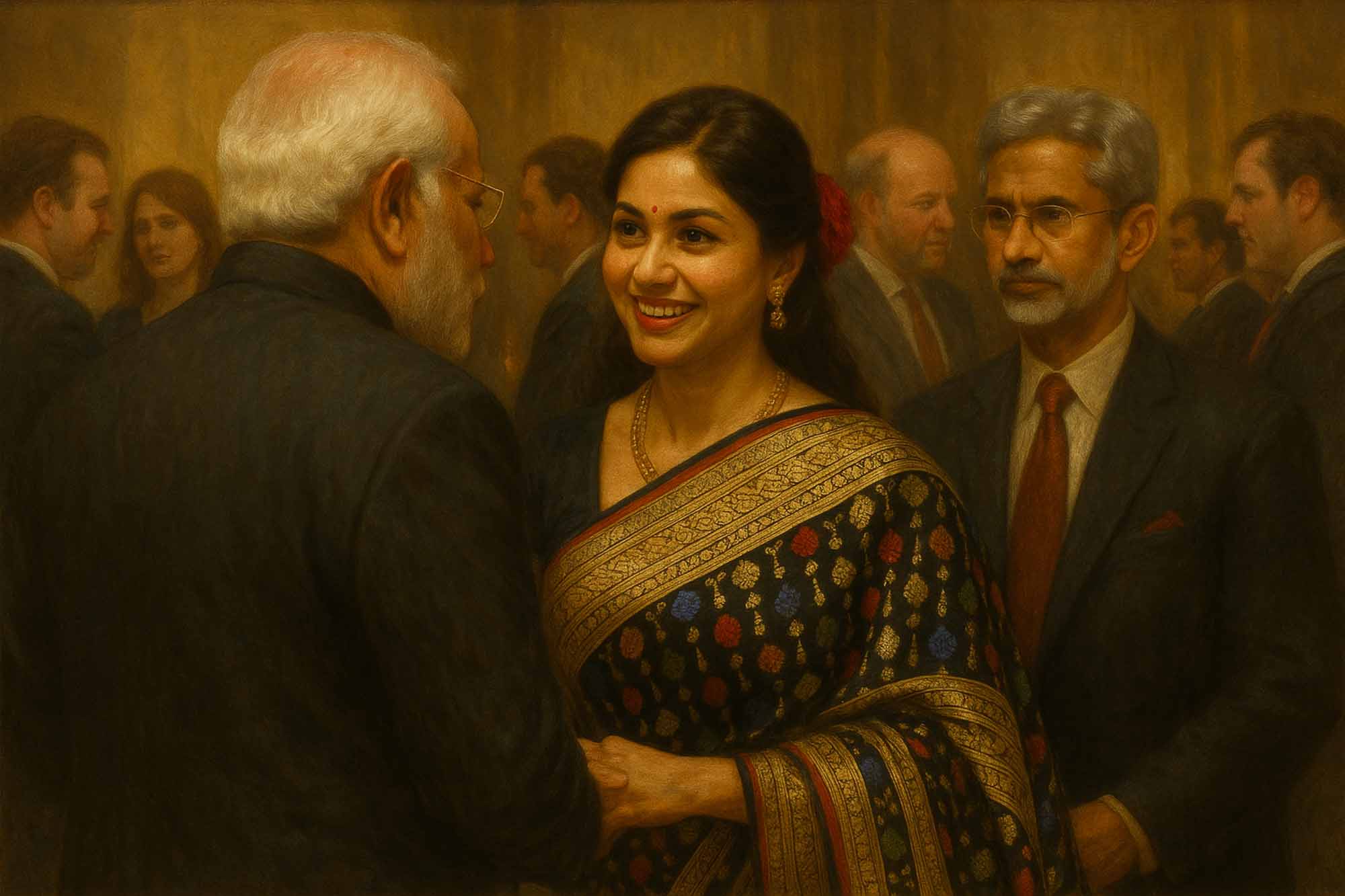
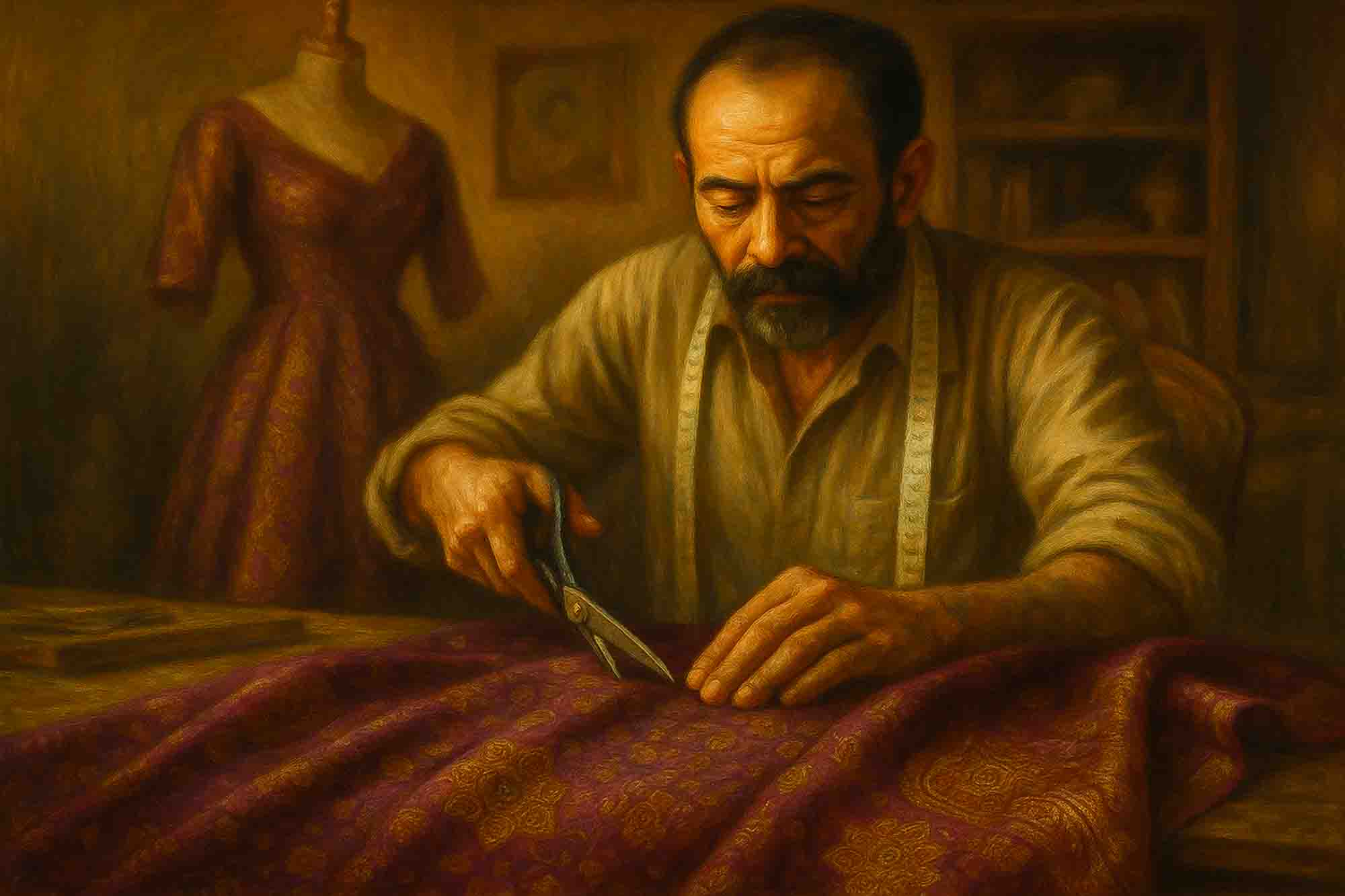

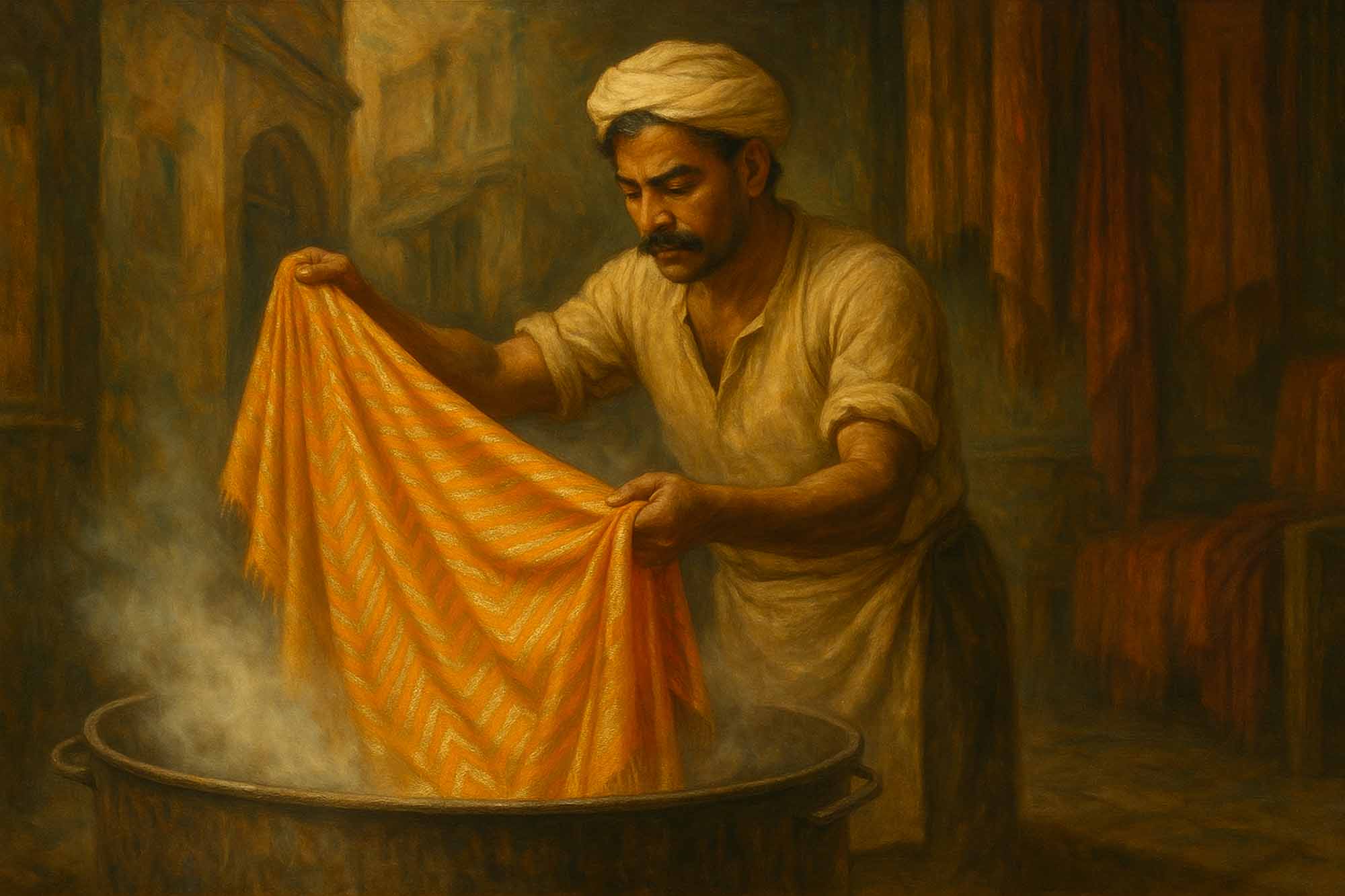


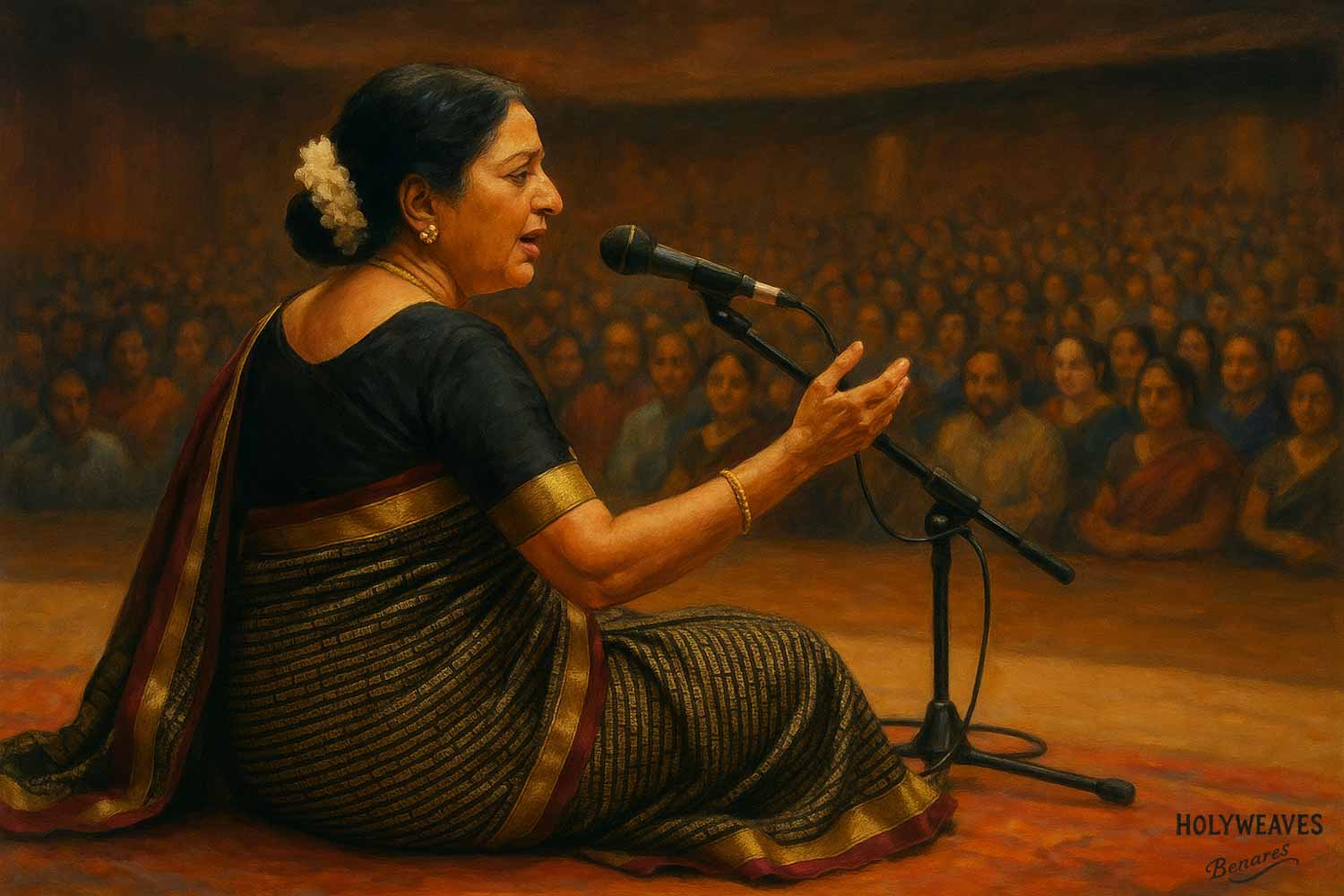
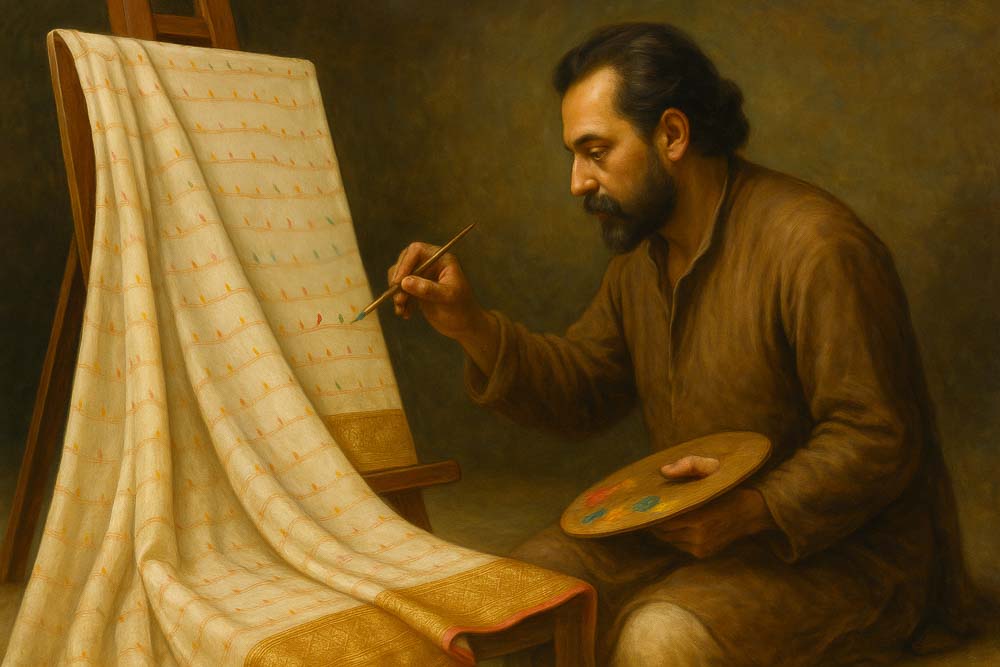




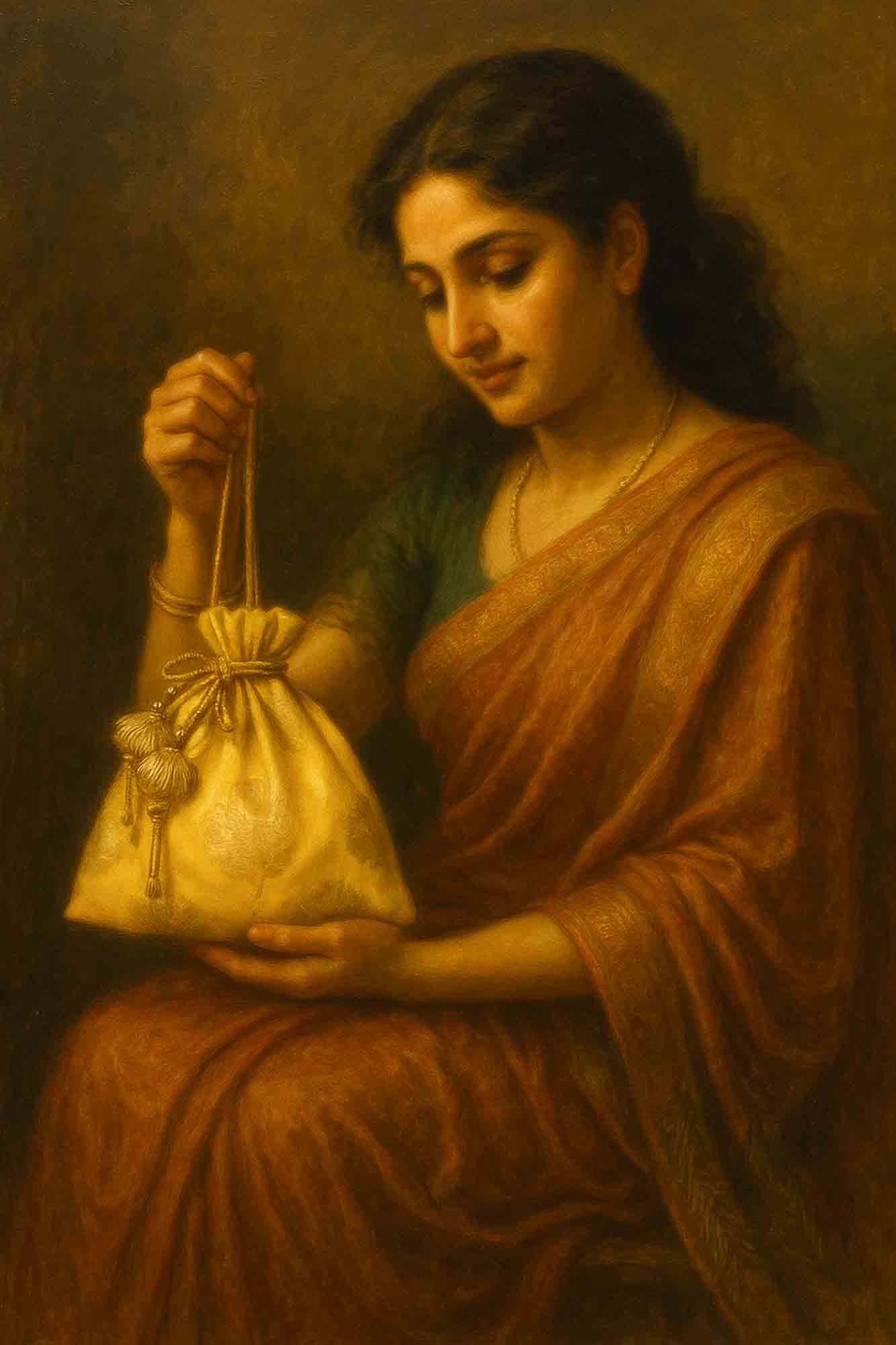

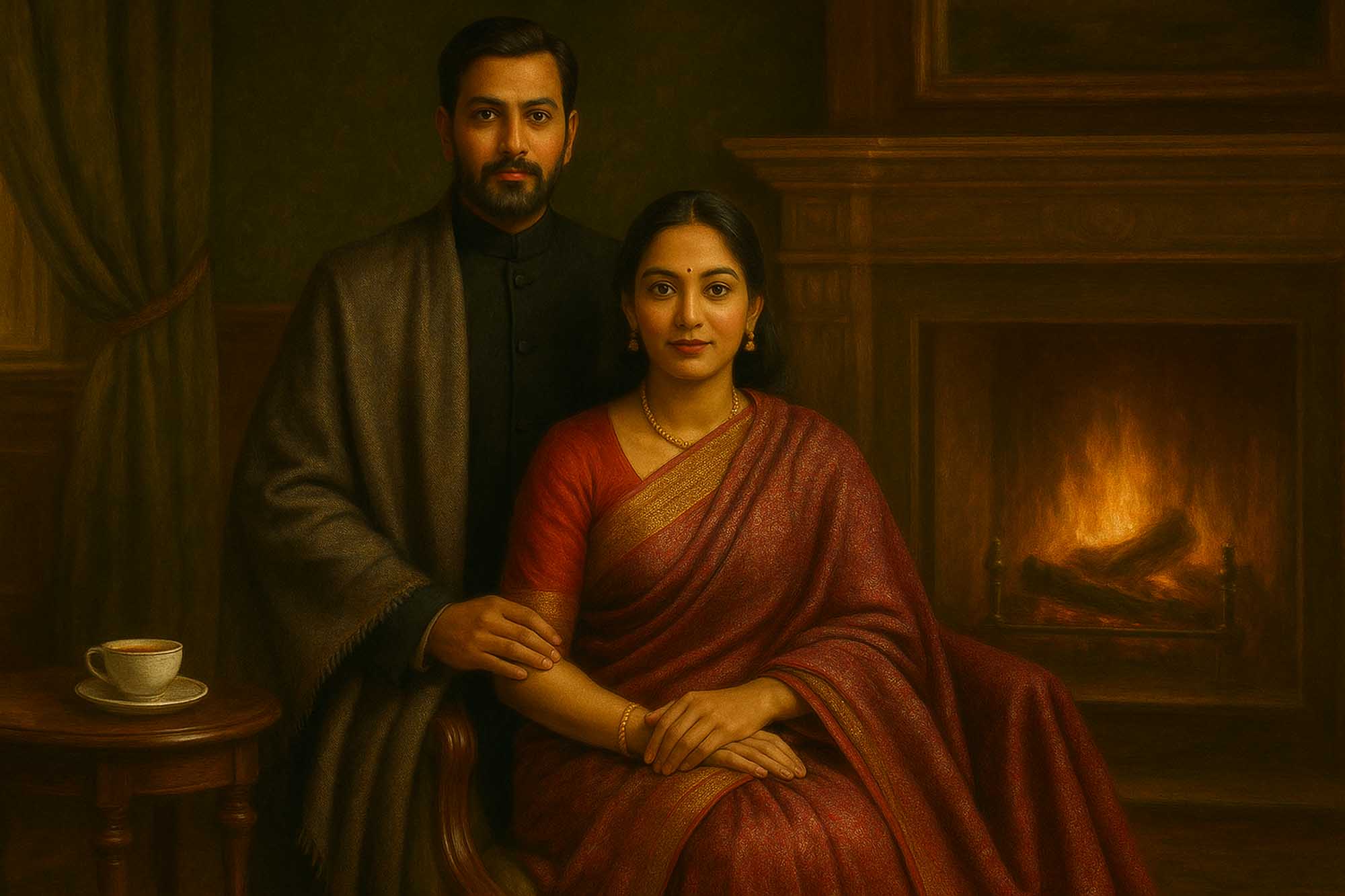
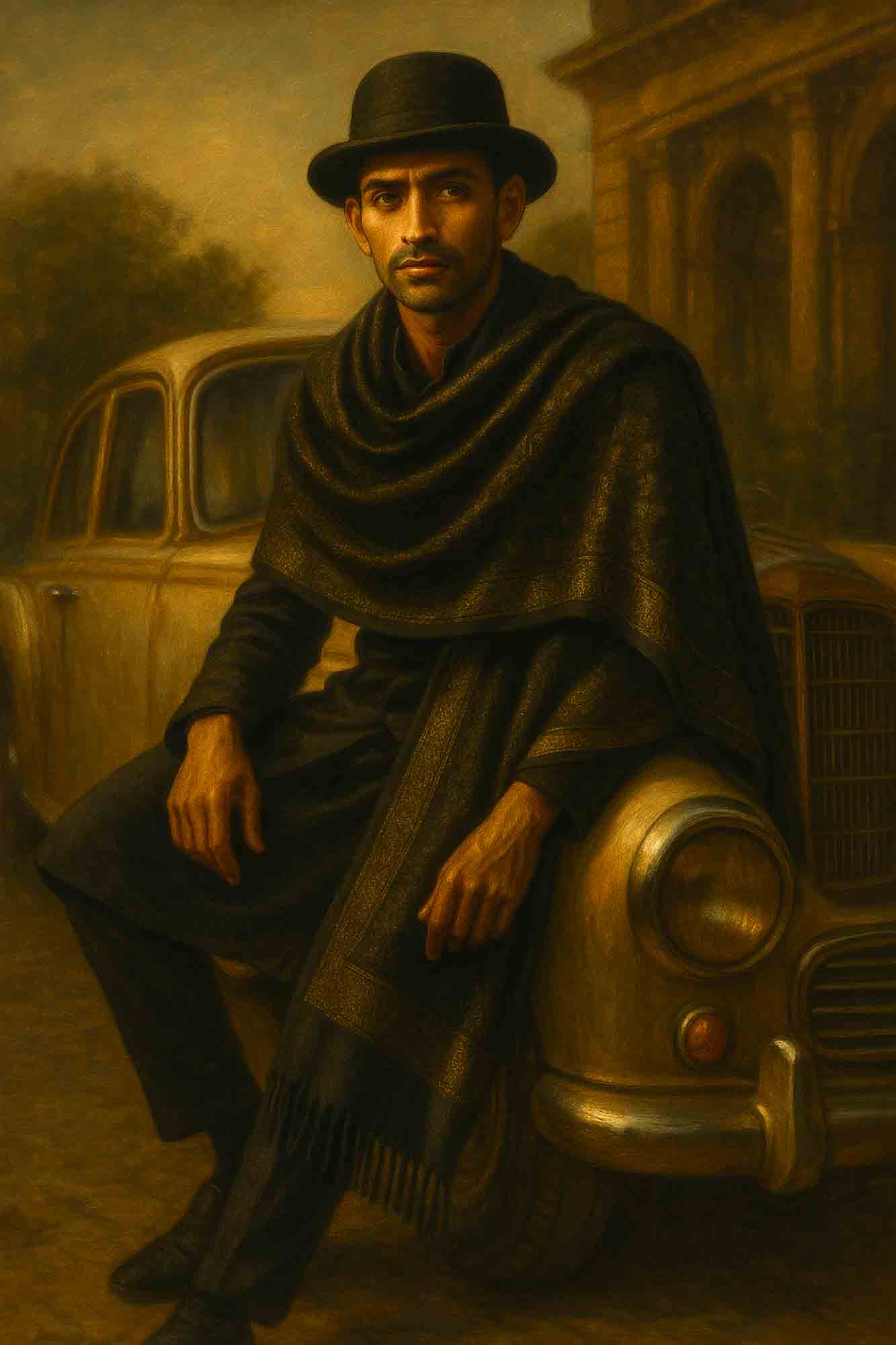
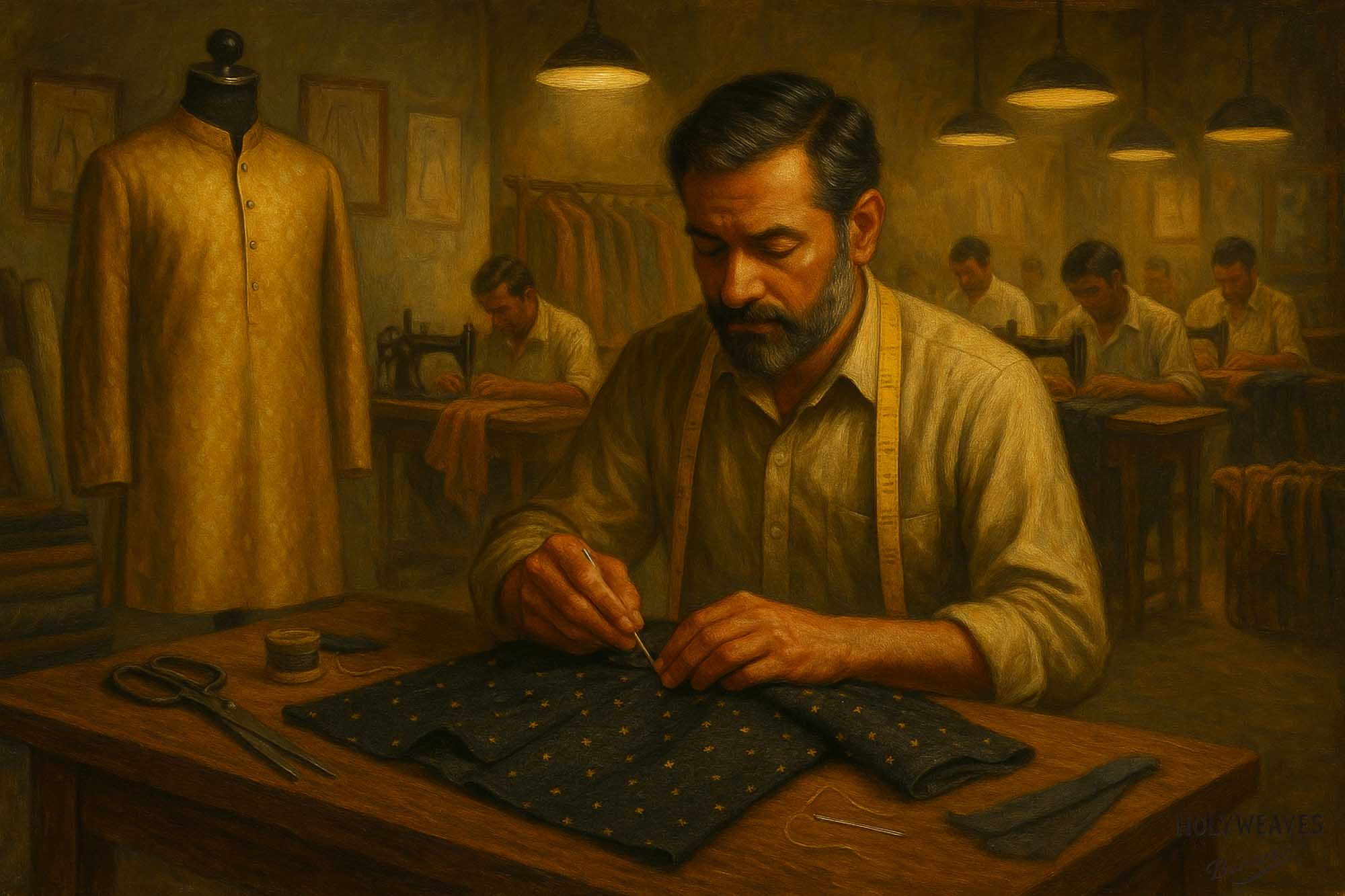
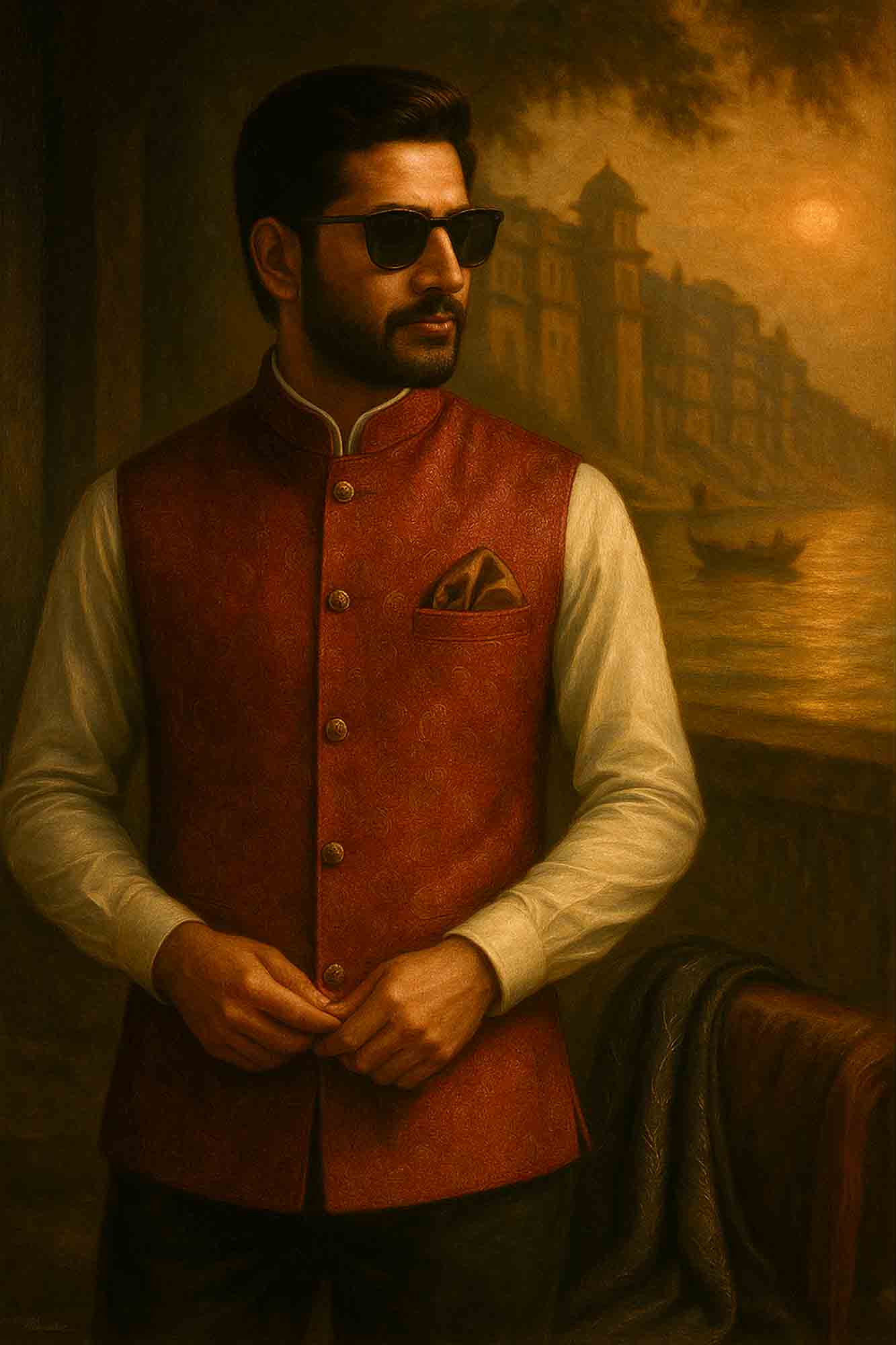
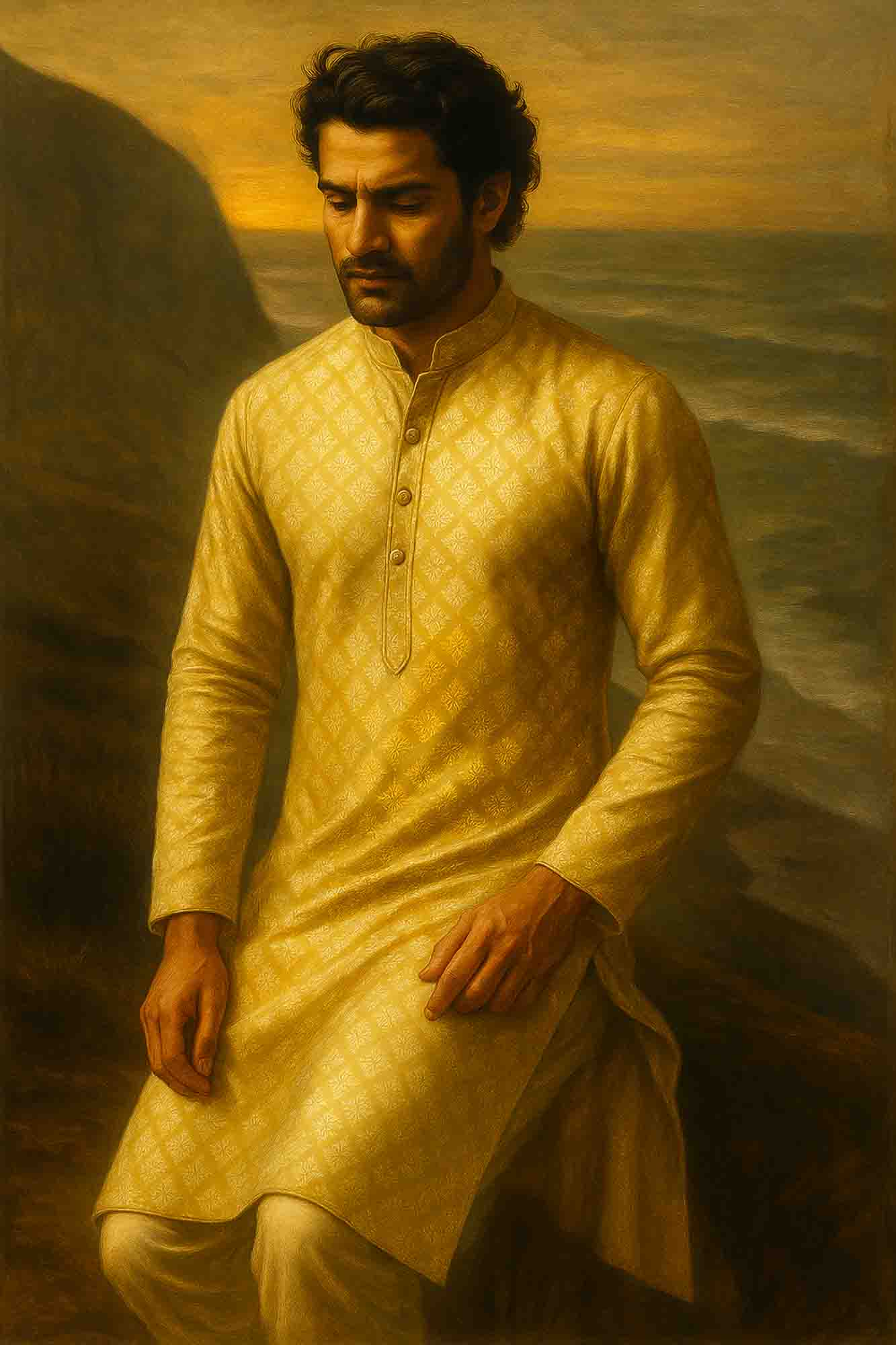

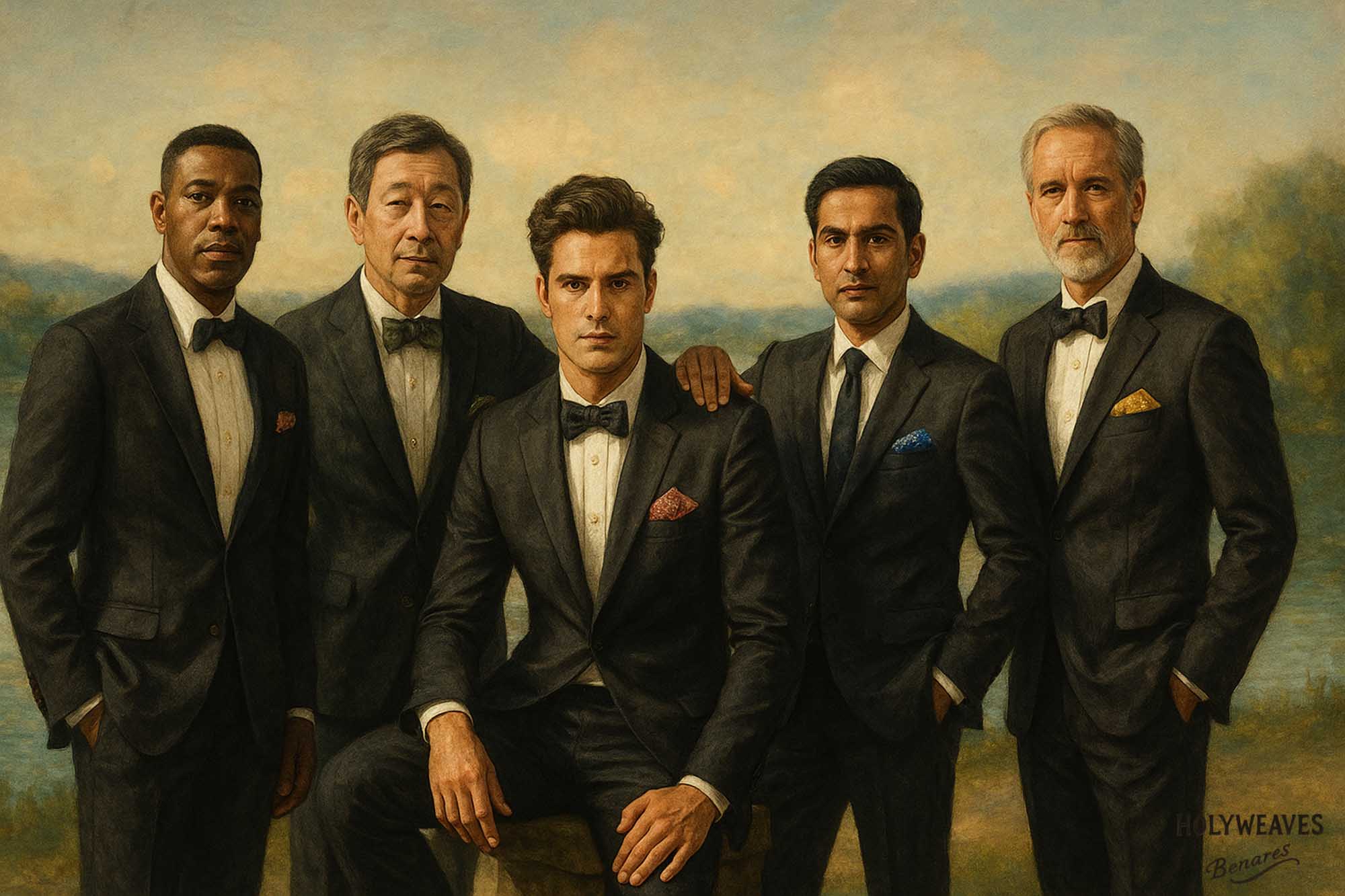
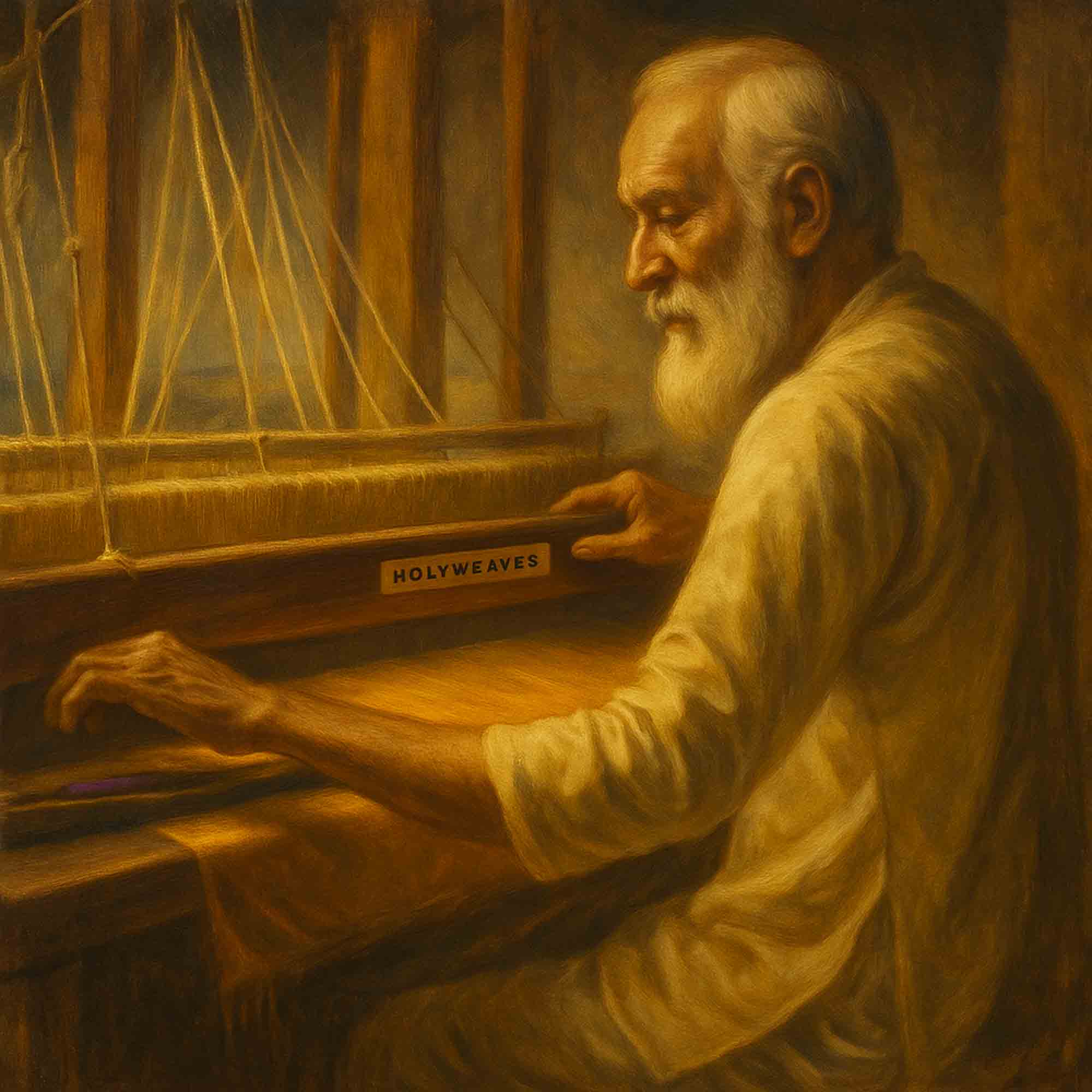
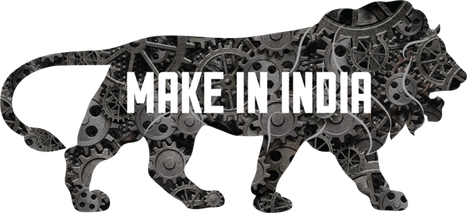


Leave a comment
This site is protected by hCaptcha and the hCaptcha Privacy Policy and Terms of Service apply.